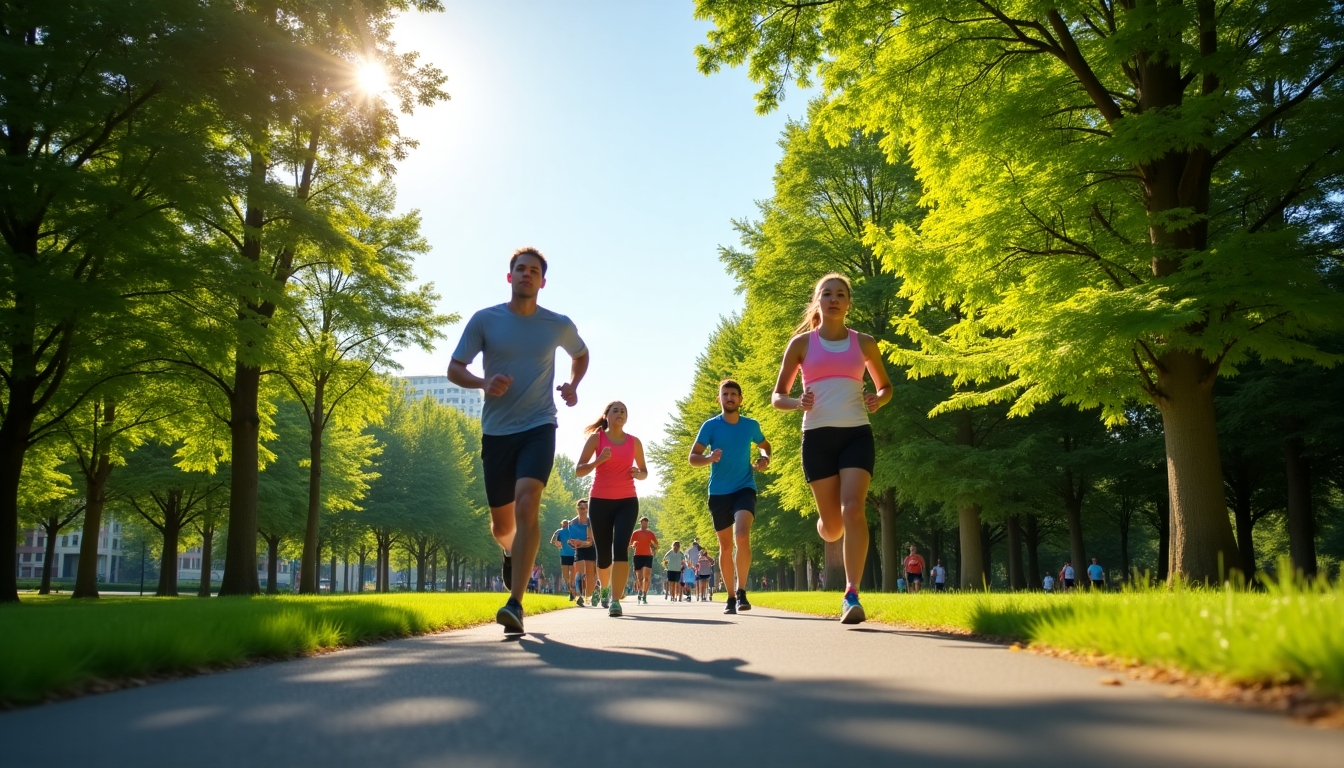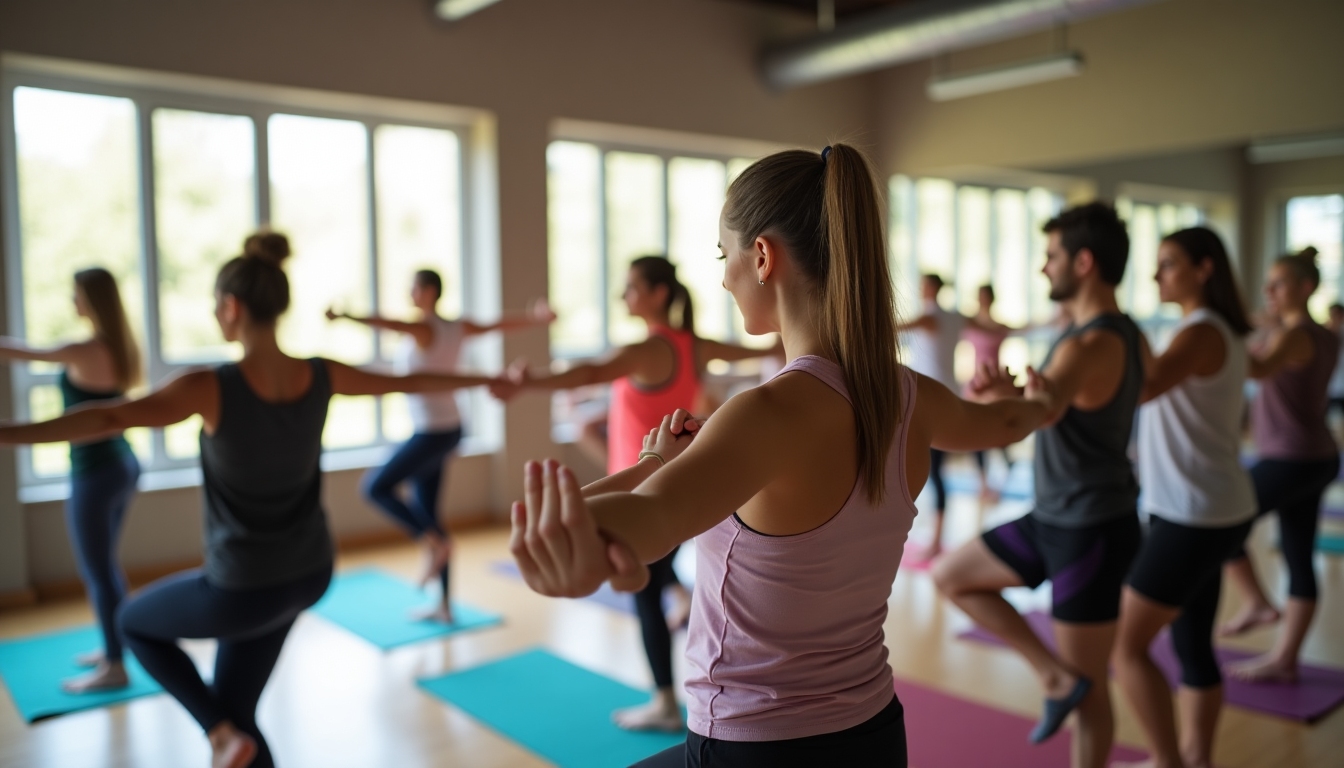The Impact of an Active Lifestyle on Mental Health
An active lifestyle not only boosts physical health but also significantly enhances mental well-being. Discover how engaging in physical activity can improve your mood, reduce anxiety, and enhance overall happiness.

Benefits of Staying Active
Living an active lifestyle is one of the best decisions you can make for both your body and mind. While most of us recognize physical activities for their physical benefits, their mental health impacts are equally profound. Here's how an active lifestyle contributes holistically:
- Mood Enhancement: Regular physical activity releases endorphins, the body's natural mood lifters. Research shows that even a brisk walk can trigger a positive feeling in the body.
- Stress Reduction: Engaging in physical activities helps reduce stress hormones, such as adrenaline and cortisol, and stimulates the production of endorphins.
- Improved Sleep: Maintaining an active lifestyle can lead to better sleep patterns, which is essential for mental health.
- Boosted Self-Esteem: Accomplishing a physical task, big or small, boosts confidence and self-esteem, contributing to better mental health.

Becoming Active: A Personal Journey
Adding physical activity to your routine doesn't mean transforming into an athlete overnight. Start with small steps. Whether it's a daily walk in the park, joining a local wellness program, or engaging with family wellness activities:
- Start Small: Incorporate physical activity into your day gradually. Begin with 10-minute sessions and slowly build up.
- Find What You Love: Enjoyment is key. Whether it’s dancing, cycling, or yoga, choose what makes you happy.
- Involve Family: Sharing activities with family makes them more enjoyable and reinforces communal bonds. Engage in family wellness excursions like hiking, or sign up for community physical activity programs.
- Utilize Local Resources: Explore community centers and local parks. Many places offer free wellness programs that are a great starting point for beginners.

Overcoming Challenges to Stay Active
While the benefits are clear, maintaining an active lifestyle poses certain challenges. Here are some practical ways to tackle common barriers:
| Challenge | Solution |
|---|---|
| Lack of time | Incorporate workouts into daily routine, like cycling to work or a brisk walk during lunch. |
| Low motivation | Set clear goals and track progress using apps or journals. Consider finding an exercise buddy. |
| Limited access | Explore at-home workouts or online classes tailored to small spaces. |
Building an active lifestyle may take time, but its impact on mental health is worth the effort. Facing these hurdles can strengthen resilience and a sense of accomplishment.

Conclusion: Your Path to Wellness
Incorporating an active lifestyle not only invigorates your physical health but profoundly uplifts your mental wellness. It's a journey of trial, error, and discovery, but the rewards of improved mental health are immense. Remember, it's never too late to start. Prioritize activities that bring you joy and integrate them into your daily routine.
Further Explore
For more insights into maintaining a balanced life, explore these additional resources. Each offers valuable perspectives on integrating physical activity and mental wellness into your everyday life.
Make your move today, and experience the transformative power of an active lifestyle on mental health.
Discuss Here